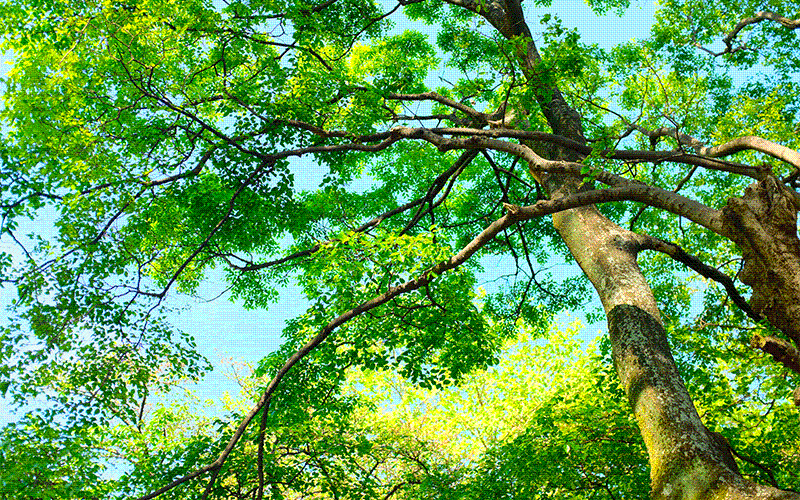
BALI welcomes new tree health research
The Department for Environment, Food and Rural Affairs (Defra) has marked National Plant Health Week by announcing 17 new research projects on tree health.
Defra says the projects will help facilitate tree breeding for resilience to ash dieback and a fungal disease affecting Scots pine.
They will also help inform new technologies which will accelerate breeding programmes by encouraging trees to flower at a younger age.
The research will be led by the Centre for Forest Protection – a collaboration between Forest Research and Royal Botanic Gardens, Kew – and benefit from £4 million of funding, including £700,000 from Defra.
Defra’s Chief Plant Health Officer, Professor Nicola Spence, said:
“Tackling the growing threat from plant pests and diseases due to climate change is critical to protect the long-term health and resilience of our trees.
“Expanding our research efforts and work to restore native ash trees are an important step in the fight against diseases which devastate our nations woodlands, protecting trees for the benefits they bring to our climate and for people’s enjoyment.”
Trees are a cornerstone of the landscaping industries and BALI hopes this new research will help our members supply, plant, and maintain healthier trees in the future.
In 2025/26, the projects will include:
- Dodging the double whammy, looking into whether trees resilient to ash dieback can also help avoid damage from Emerald Ash Borer, an exotic emerald coloured beetle from Asia which has caused significant damage to ash trees in North America.
- Infusing resilience into the Scots pine genetic resource, breeding pine trees resilience to Dothistroma needle blight, a fungal disease which can reduce timber yields and even cause tree death.
- Developing novel methods to understand and mitigate grey squirrel bark stripping behaviour, on the impact of invasive grey squirrels on woodlands – with an estimated economic cost of £37 million annually – and how to combat bark stripping behaviour, which disincentivises tree planting and leaves trees susceptible to increased risk of disease.

